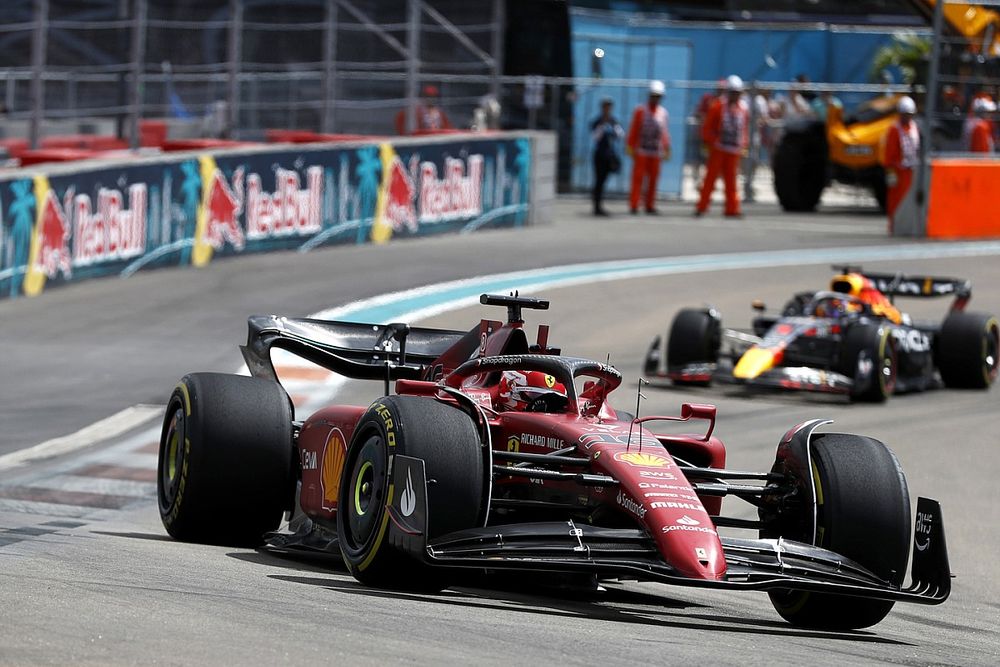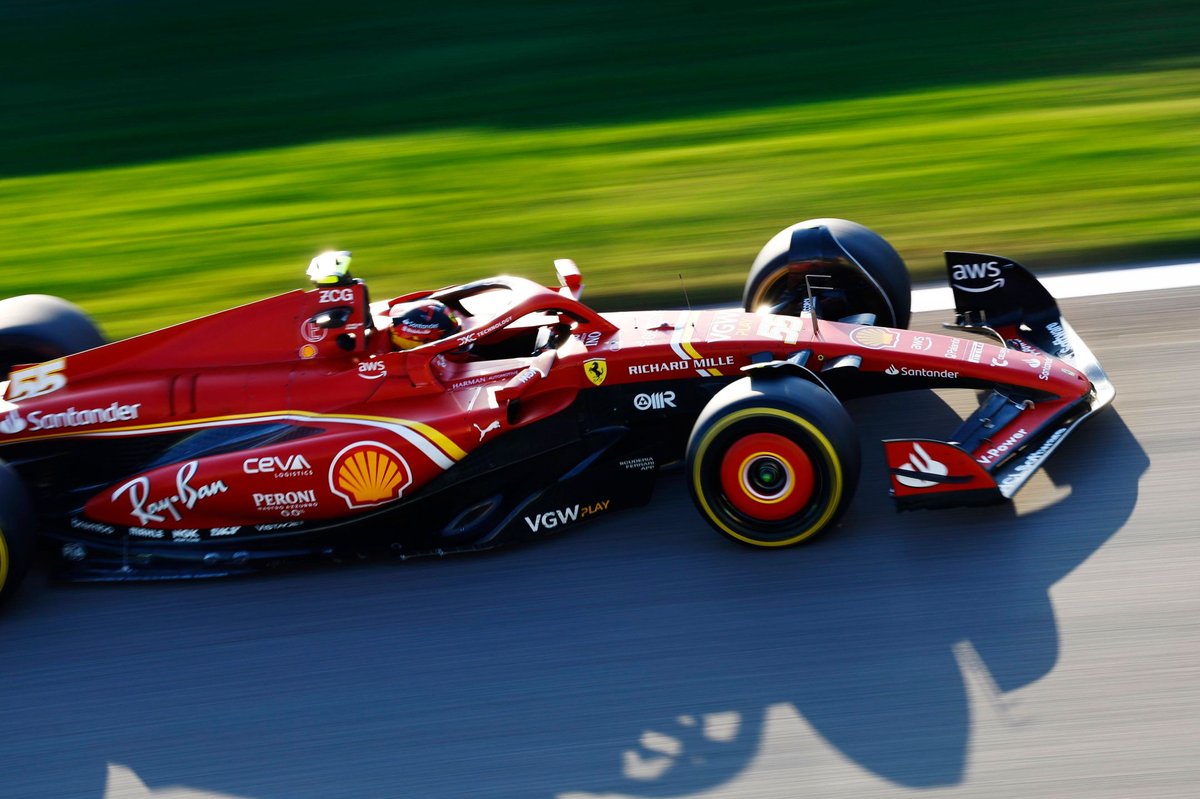The fact that Ferrari’s Carlos Sainz and Charles Leclerc dominated the overall timing sheets during this week’s Bahrain test has been somewhat overshadowed in discussions.
Sainz’s fastest time of 1m29.921s, achieved on the second day, was approximately seven tenths quicker than Sergio Perez’s Red Bull benchmark of 1m30.679s, set on the same afternoon.
However, it’s widely acknowledged that these times don’t paint a complete picture of performance, especially considering the differences in the tyre compounds used.
Despite Ferrari’s strong showing, the consensus among paddock insiders is that Red Bull remains the team to beat going into the upcoming F1 season opener. The extent of Red Bull’s advantage, however, remains uncertain.
Another significant aspect of the Bahrain test involving Sainz has provided valuable insights into the competitive landscape between Ferrari and Red Bull.
During a race simulation run, Sainz demonstrated impressive pace compared to Red Bull. Across three race stints, Sainz consistently outpaced his Red Bull counterpart, particularly on the C3 compound, where his advantage averaged over 0.4 seconds and extended to over one second on their final stints on the C1 hard compound.

The notable disparity in performance strongly suggests that Perez may have run with a heavier fuel load, introducing variability into the comparison. Nevertheless, one undeniable takeaway from Sainz’s race simulation is Ferrari’s apparent success in addressing the high tyre degradation issues that plagued their 2023 campaign.
Sainz’s consistent performance throughout the simulation, especially on the C1 compound, contrasts starkly with last year’s Bahrain Grand Prix, where both he and Leclerc struggled with tyre degradation.
Ferrari team principal Fred Vasseur emphasizes the significance of this improvement, highlighting the enhanced consistency and reduced degradation experienced by both drivers.
Despite the encouraging signs from Ferrari, uncertainties linger regarding Red Bull’s testing strategy and fuel loads. Vasseur acknowledges the challenge of accurately gauging Red Bull’s performance relative to Ferrari without knowing their fuel levels.
However, he underscores the importance of maintaining focus on Ferrari’s own development path and testing objectives.
As teams employ various strategies, including misdirection, to conceal their true performance during testing, the full extent of Red Bull’s potential advantage remains elusive.
Ferrari remains cautiously optimistic, drawing confidence from their drivers’ feedback and promising performances during testing. However, the true competitive landscape will only become clear when the season commences.
